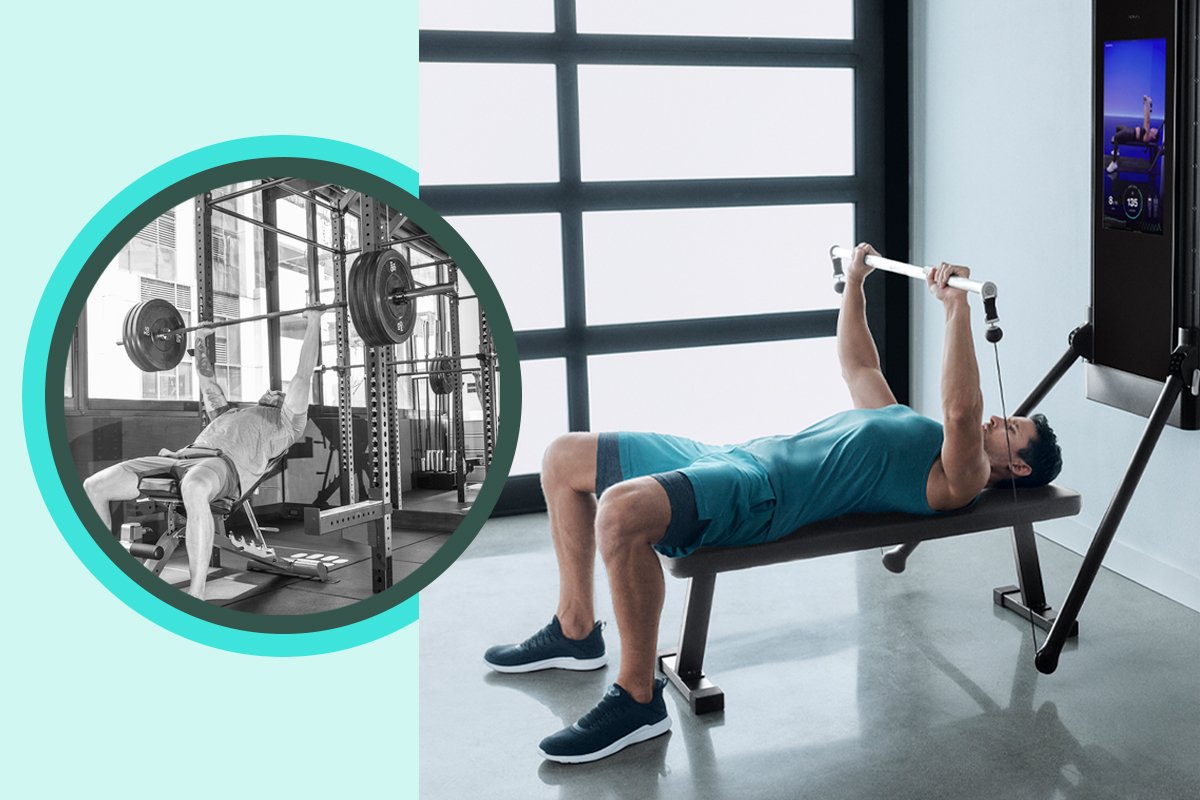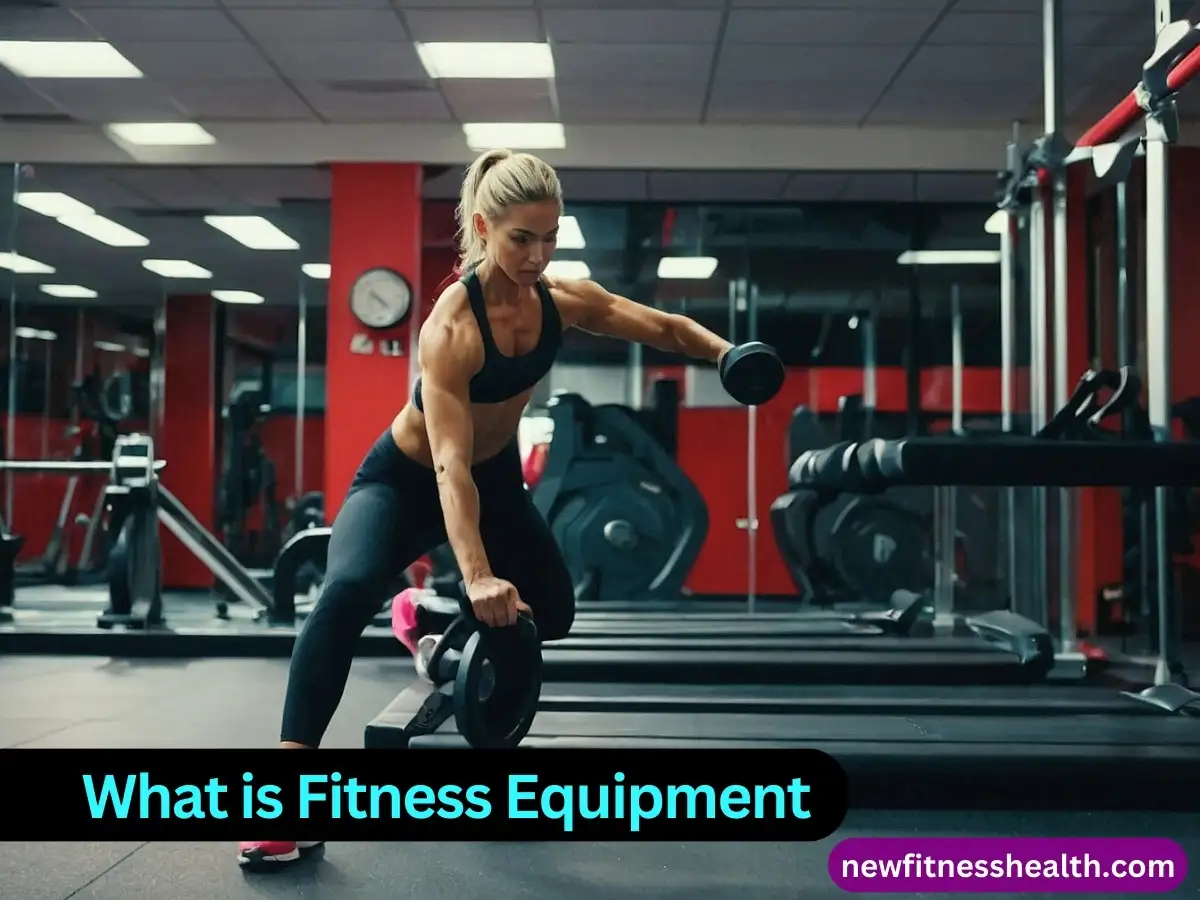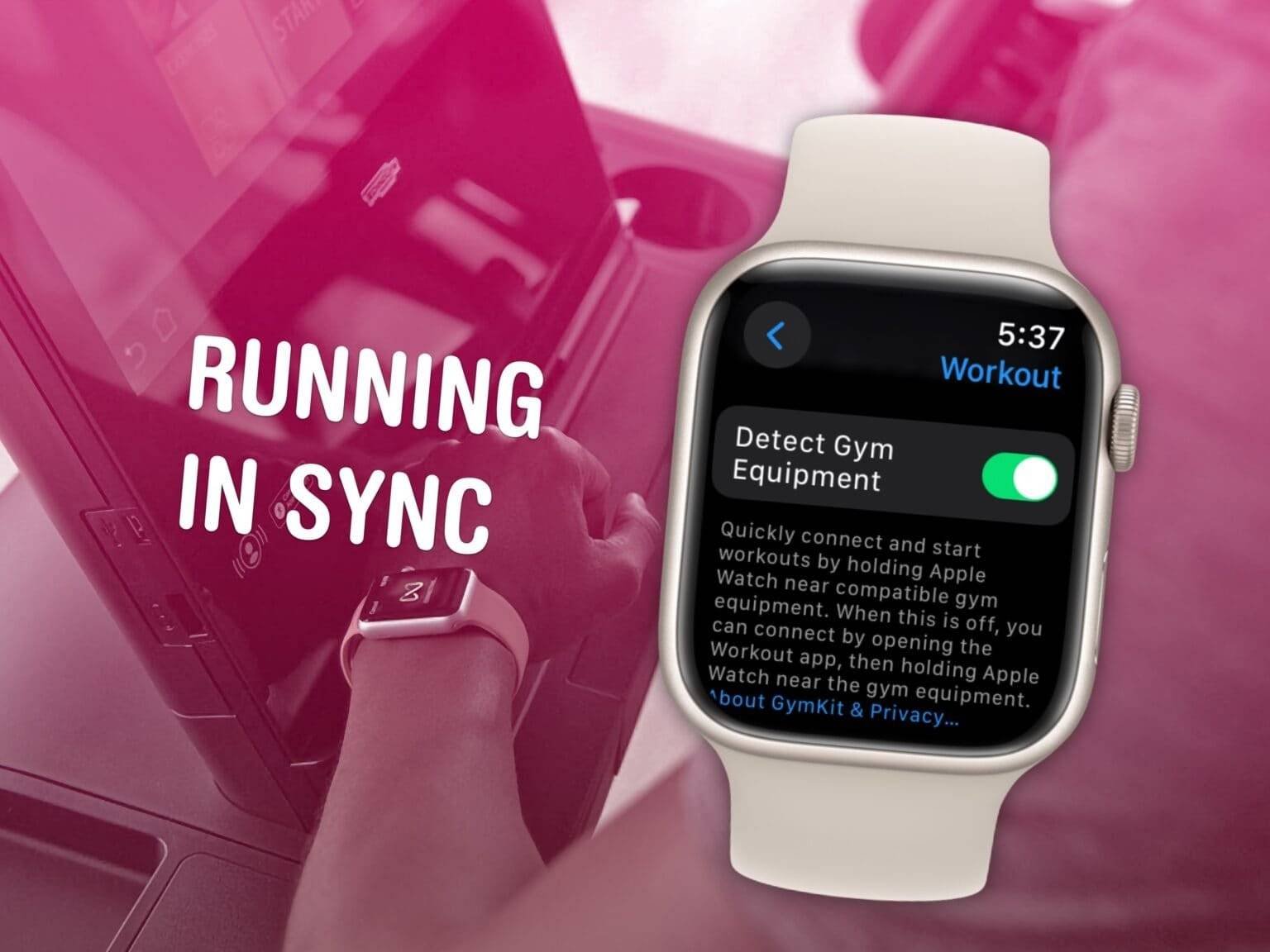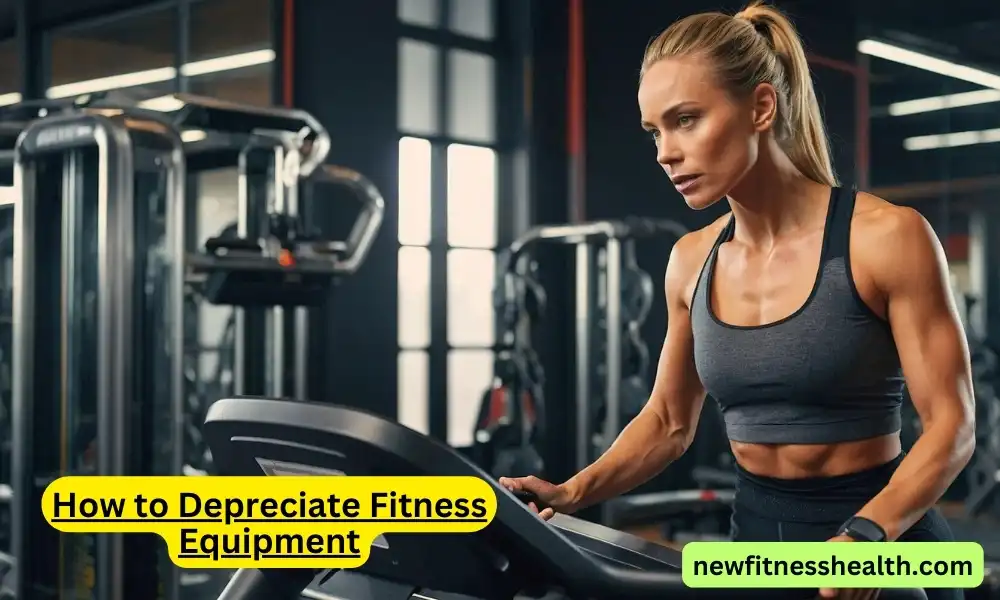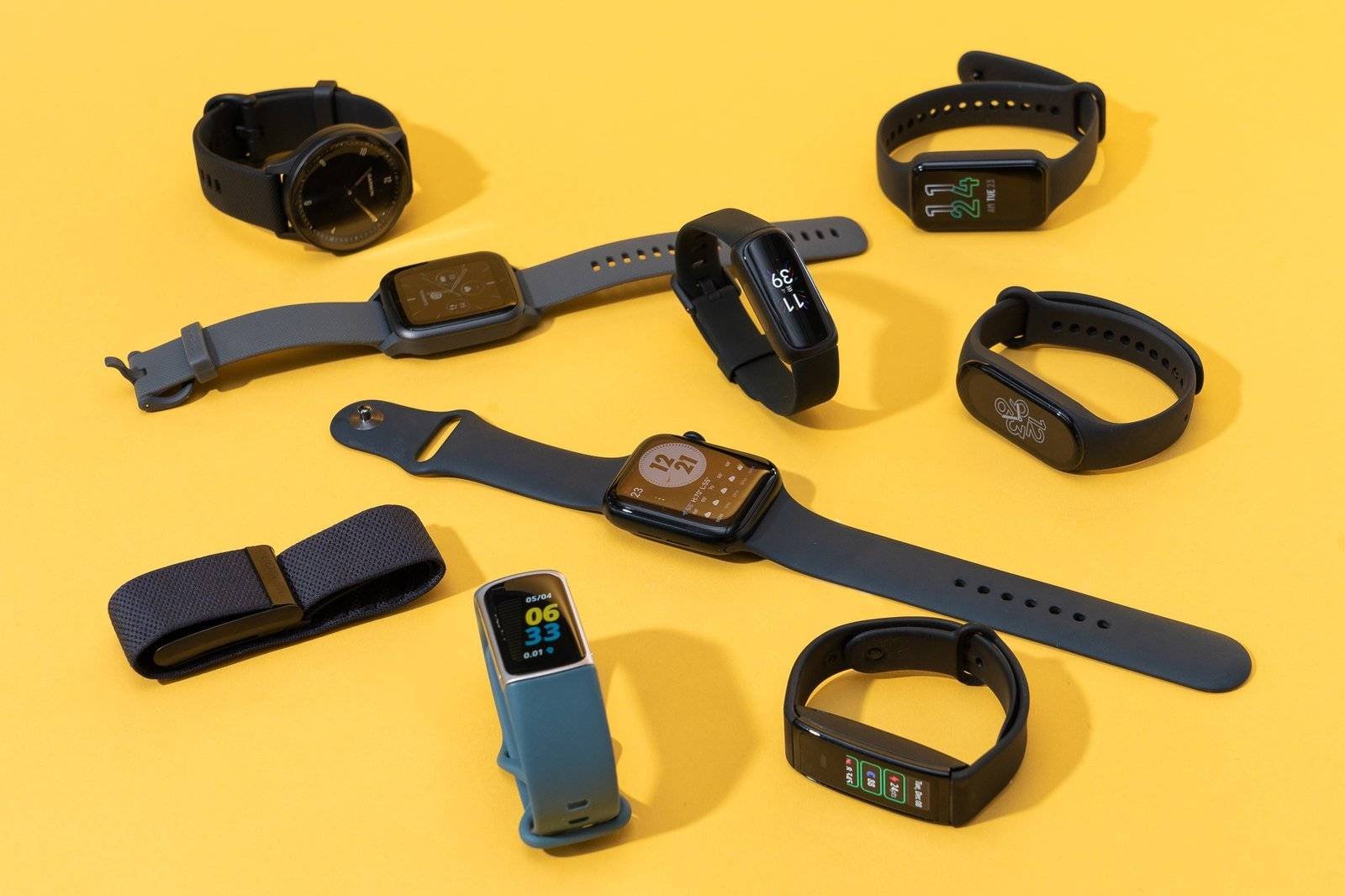The piece of safety equipment required for all fitness facilities is an Automated External Defibrillator (AED). An AED is crucial for emergency situations.
Fitness facilities must prioritize safety for all patrons. An AED can save lives during cardiac emergencies. Quick access to an AED can significantly improve survival rates. Staff should be trained to use it effectively. Additionally, proper maintenance of the AED is essential.
Regular checks ensure it functions correctly when needed. Other safety measures also support a secure environment. These include first aid kits and emergency contact information. A well-equipped fitness center creates a safe workout space. Members feel more confident knowing safety equipment is available. This boosts overall satisfaction and trust in the facility.
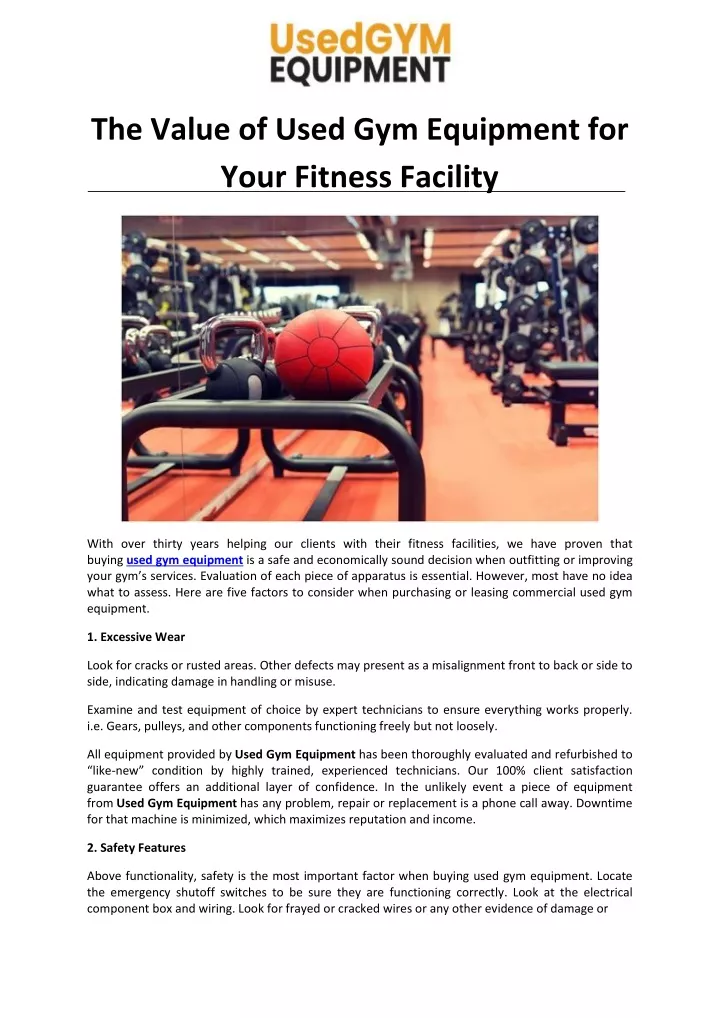
Credit: www.slideserve.com
Introduction To Fitness Facility Safety
Fitness facilities must focus on safety. Ensuring safety helps prevent accidents. It also builds trust with gym members.
The Importance Of Safety Equipment
Safety equipment is crucial for every fitness center. It protects members from injuries. It also helps in emergencies.
Some common safety gear includes:
- First Aid Kits
- AEDs (Automated External Defibrillators)
- Fire Extinguishers
- Emergency Exits
Having the right tools can save lives. They ensure quick responses to emergencies.
Legal Requirements For Fitness Centers
Every fitness center must follow legal guidelines. These guidelines ensure the safety of members.
| Equipment | Requirement |
|---|---|
| First Aid Kits | Mandatory in all gyms |
| AEDs (Automated External Defibrillators) | Required in most states |
| Fire Extinguishers | Must be accessible |
Failing to meet these requirements can result in fines. It can also lead to the closure of the facility.

Credit: www.facebook.com
Essential Safety Gear For Every Gym
Every gym must prioritize safety to ensure a secure environment for all users. Having essential safety equipment in place is crucial. This includes items that address emergencies and prevent accidents. Below, we discuss two key pieces of safety gear that every gym should have.
First Aid Kits
First Aid Kits are a must-have in every gym. They provide immediate assistance for minor injuries. These kits should be easily accessible and well-stocked. Essential items to include are:
- Adhesive bandages
- Antiseptic wipes
- Gauze pads
- Medical tape
- Scissors
Regularly check and restock your first aid kits. This ensures they are always ready for use. Place them in multiple locations for quick access.
Emergency Signage
Emergency signage plays a crucial role in gym safety. Clear signs guide users during emergencies. They should indicate exits, first aid stations, and fire extinguishers.
Proper signage helps users find safety equipment quickly. It also reduces panic during emergencies. Make sure the signs are visible and easy to understand. Use bright colors and large fonts to enhance visibility.
| Sign Type | Purpose |
|---|---|
| Exit Signs | Show the nearest exits |
| First Aid Signs | Indicate first aid kit locations |
| Fire Extinguisher Signs | Locate fire extinguishers |
Regularly inspect all emergency signage. Replace damaged or faded signs immediately. This ensures they remain effective and reliable.
Cardiovascular Equipment Safety
Cardiovascular equipment like treadmills and elliptical machines are common in fitness facilities. These machines help you stay fit. They also come with safety features. These features protect you during your workout. Let’s explore some essential safety features.
Treadmill Emergency Stops
Treadmills have emergency stops. These are important for safety. If you feel unsafe, you can stop the treadmill quickly. The emergency stop button is usually red. It is easy to see and press. Some treadmills also have safety clips. Attach the clip to your clothes. If you fall, the treadmill will stop.
Elliptical Machine Safety Keys
Elliptical machines have safety keys. These keys ensure the machine only runs if you are ready. Insert the key to start the machine. If you remove the key, the machine stops. This feature prevents accidents. Always keep the safety key in place during your workout.
Strength Training Safety Measures
Strength training is crucial for building muscle and improving fitness. Ensuring safety while lifting weights is essential. This section covers key safety equipment for strength training.
Weight Machine Safety Pins
Weight machines often use safety pins. These pins hold weights in place. Always check the safety pins before using the machine. Ensure they are correctly inserted. Faulty or missing pins can cause injuries. Look for wear and tear on safety pins regularly. Replace damaged pins immediately.
Free Weight Guidelines
Free weights include dumbbells, barbells, and kettlebells. Follow these guidelines to stay safe:
- Use proper form: Learn correct lifting techniques.
- Start light: Begin with lighter weights.
- Spotter: Have a spotter for heavy lifts.
- Warm-up: Warm up your muscles before lifting.
- Secure weights: Use clips to secure weights on barbells.
| Free Weight | Safety Measure |
|---|---|
| Dumbbells | Use proper form |
| Barbells | Secure weights with clips |
| Kettlebells | Start with lighter weights |
Following these guidelines keeps you safe. It also helps you get the most from your workout. Always prioritize safety in strength training.
Sanitation As A Safety Priority
Sanitation is a key safety priority in all fitness facilities. Cleanliness prevents the spread of germs. It also ensures a healthy environment for everyone. Proper sanitation protocols are essential for maintaining a safe gym atmosphere. Fitness centers must have the right sanitation tools and equipment.
Disinfectant Solutions
Disinfectant solutions are crucial in any fitness facility. These solutions kill bacteria and viruses on surfaces. Gym equipment, such as dumbbells and treadmills, need regular disinfection. Using EPA-approved disinfectants ensures effectiveness. Staff should clean equipment after each use.
| Disinfectant Type | Usage |
|---|---|
| Spray Disinfectants | Quick application on machines and weights |
| Wipes | Convenient for members to use |
| Liquid Solutions | Deep cleaning floors and surfaces |
Hand Sanitizer Stations
Hand sanitizer stations are another must-have. These stations should be placed at key locations. Entry points, near machines, and in locker rooms are ideal spots. Hand sanitizer reduces the risk of spreading germs. Alcohol-based sanitizers are most effective.
- Place stations at gym entrances
- Install near high-touch areas
- Refill regularly to ensure availability
Ensuring sanitation in fitness facilities is non-negotiable. By having proper disinfectant solutions and hand sanitizer stations, gyms can maintain a safe and healthy environment.
Flooring And Traction
Ensuring proper flooring and traction is crucial for fitness facilities. This not only enhances user safety but also improves overall workout experiences. The right flooring minimizes slips, falls, and injuries. Let’s delve deeper into the essential aspects of flooring and traction:
Non-slip Mats
Non-slip mats are vital in any fitness facility. These mats provide a stable surface for exercises. They reduce the risk of slipping, making workouts safer. Here are some features to consider:
- Material: Rubber or PVC for better grip.
- Thickness: At least 6mm for adequate cushioning.
- Size: Large enough to cover workout areas.
Non-slip mats are easy to clean and maintain. They also help in noise reduction, making workouts more comfortable.
Well-maintained Flooring
A well-maintained flooring ensures longevity and safety. Regular checks and cleaning are essential. Here’s a quick maintenance checklist:
- Inspect floors daily for wear and tear.
- Clean spills immediately to prevent accidents.
- Use appropriate cleaning agents to avoid damage.
- Replace damaged flooring sections promptly.
Proper maintenance extends the life of the flooring. It also keeps the facility looking professional and inviting.
| Flooring Type | Maintenance Frequency | Cleaning Method |
|---|---|---|
| Rubber | Weekly | Mop with mild detergent |
| Carpet | Daily | Vacuum thoroughly |
| Vinyl | Bi-weekly | Wipe with a damp cloth |
Investing in quality flooring and regular maintenance enhances safety and comfort. It’s an essential aspect of any fitness facility.
Fire Safety In Fitness Centers
Fire safety is crucial in fitness centers. It ensures the safety of members and staff. Fitness centers are busy places with lots of people. Proper fire safety measures can prevent accidents and save lives.
Fire Extinguishers
Every fitness center must have fire extinguishers. These devices help to put out small fires quickly. Place them in easily accessible areas.
Ensure that staff know how to use fire extinguishers. Conduct regular training sessions. Check the extinguishers monthly to ensure they work properly.
| Type of Fire | Suitable Extinguisher |
|---|---|
| Electrical Fires | CO2 Extinguisher |
| Wood, Paper Fires | Water Extinguisher |
| Oil, Grease Fires | Foam Extinguisher |
Evacuation Plans
Creating an evacuation plan is essential. This plan helps guide people to safety during a fire.
Post evacuation maps around the fitness center. Ensure everyone knows the nearest exits. Conduct regular fire drills to practice the evacuation plan.
- Clear, marked exits
- Accessible emergency routes
- Designated meeting points
Regularly review and update the evacuation plan. Ensure it meets local safety regulations.
Accessibility And Safety
Fitness facilities must prioritize accessibility and safety for everyone. Ensuring these aspects helps create an inclusive environment. This boosts customer satisfaction and enhances the overall experience.
Ada Compliance
All fitness facilities must comply with the Americans with Disabilities Act (ADA). This ensures accessibility for individuals with disabilities. Compliance includes:
- Accessible entry points and exits
- Wheelchair-accessible pathways
- Appropriate signage
- Accessible restrooms and locker rooms
These measures ensure everyone can use the facility. Compliance also helps avoid legal issues.
Equipment For All Ability Levels
Fitness centers should offer equipment for various ability levels. This includes:
| Type of Equipment | Purpose |
|---|---|
| Adjustable weight machines | Accommodate different strength levels |
| Accessible cardio machines | Provide options for wheelchair users |
| Stability balls and mats | Support balance and flexibility exercises |
Providing diverse equipment ensures inclusivity. It allows everyone to participate in fitness activities.
Safety Training For Staff
Safety training for staff is essential in fitness facilities. Proper training ensures quick response during emergencies. It also helps prevent accidents.
Cpr Certification
All staff should have CPR certification. This certification is crucial. It can save lives during cardiac emergencies.
- CPR training includes chest compressions.
- It also covers rescue breaths.
- Training sessions should be refreshed regularly.
| Certification | Duration | Renewal |
|---|---|---|
| Basic CPR | 4 hours | Every 2 years |
| Advanced CPR | 8 hours | Every 2 years |
Emergency Response Drills
Fitness facilities must conduct emergency response drills. These drills prepare staff for real emergencies. They help staff stay calm and act fast.
- Schedule regular drills.
- Include various emergency scenarios.
- Ensure all staff participate.
Emergency drills should be realistic. They should cover fire, medical, and evacuation situations. This ensures readiness for any incident.
Liability And Insurance Considerations
Ensuring safety in fitness facilities is crucial. Liability and insurance considerations are essential. They protect both the facility and its users. Proper safety measures help prevent accidents. They also reduce legal risks and insurance costs.
Waivers And Disclaimers
Fitness facilities should have waivers and disclaimers for users. These documents inform members of potential risks. They also help protect the facility from lawsuits. Members should sign these documents before using the facility.
- Waivers explain the risks involved in physical activities.
- Disclaimers limit the facility’s liability for injuries.
It is important to keep these documents updated. They should comply with local laws and regulations. This ensures maximum protection for the facility.
Insurance Coverage For Accidents
Fitness facilities must have insurance coverage for accidents. This helps cover costs related to injuries. It also protects the facility from financial losses.
| Insurance Type | Coverage Details |
|---|---|
| General Liability Insurance | Covers third-party injuries and property damage. |
| Professional Liability Insurance | Protects against claims of negligence or malpractice. |
| Workers’ Compensation Insurance | Covers injuries to employees while on the job. |
Having adequate insurance is crucial for any fitness facility. It ensures that the facility can handle unexpected events. It also provides peace of mind for both owners and members.
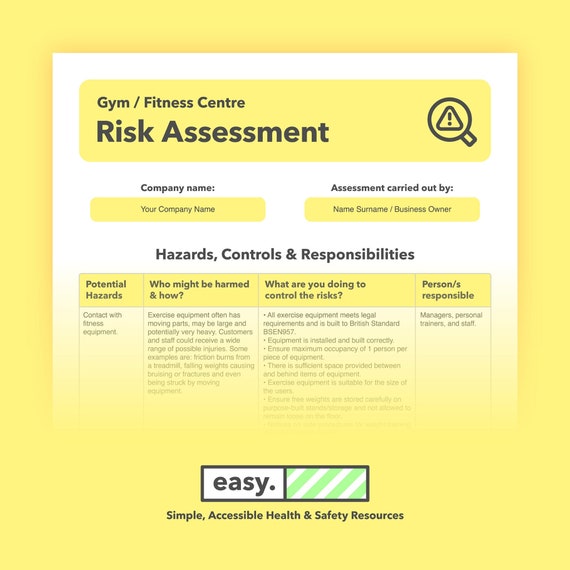
Credit: www.etsy.com
Frequently Asked Questions
What Safety Equipment Is Mandatory For Gyms?
All fitness facilities must have an automated external defibrillator (AED) available.
Why Do Gyms Need An Aed?
An AED can save lives during sudden cardiac arrest, a common emergency in fitness environments.
How Often Should Aeds Be Checked?
AEDs should be inspected monthly to ensure they are functional and ready for use.
Are First Aid Kits Required In Gyms?
Yes, gyms must have accessible first aid kits to handle minor injuries and emergencies.
Do Fitness Facilities Need Emergency Action Plans?
Yes, gyms should have clear emergency action plans to ensure quick, effective response in case of emergencies.
Conclusion
Ensuring fitness facilities have proper safety equipment is crucial for member protection. Always prioritize first aid kits and AEDs. Regularly check and maintain all safety gear. This keeps everyone safe and can prevent serious injuries. By adhering to these guidelines, fitness centers can provide a secure environment for all users.

